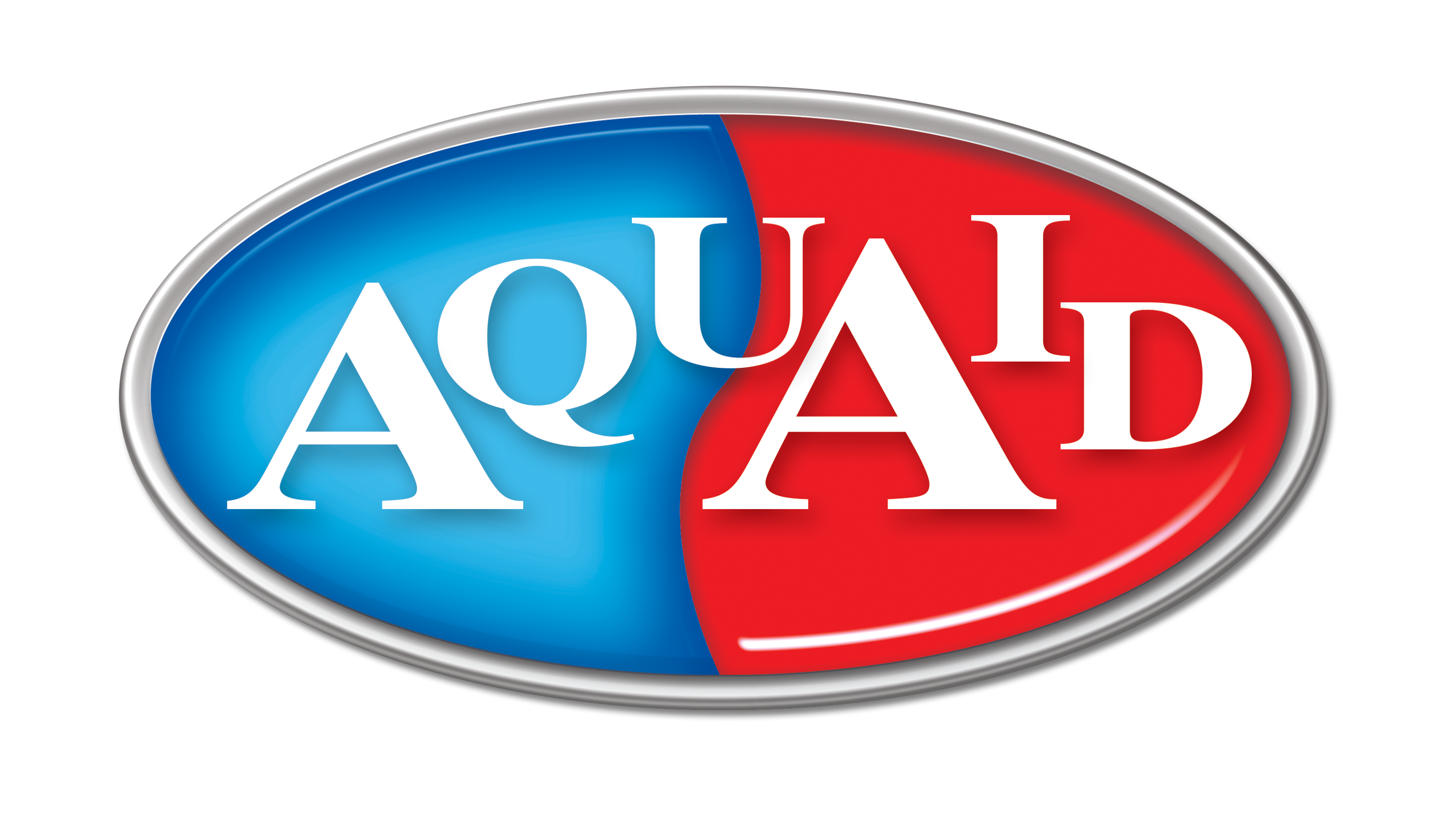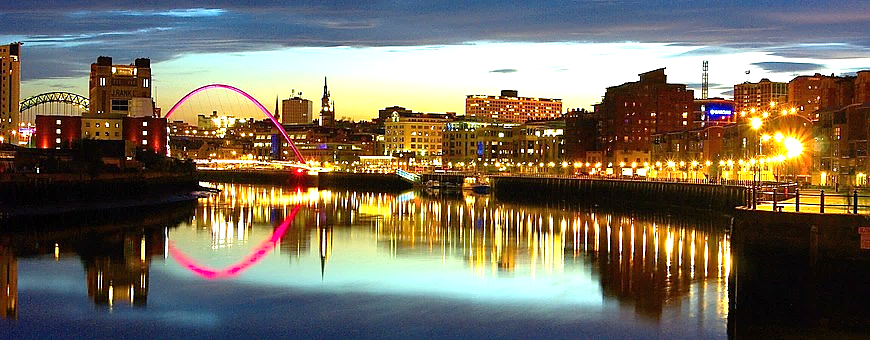
by Fern Shaw | Oct 19, 2017 | AquAid Newcastle and Cumbria, water cooler, Water Coolers
Owned and managed by the very accomplished Dale Heslop, AquAid Newcastle & Cumbria has been in operation for over 15 years. With depots in Newcastle-upon-Tyne and Carlisle, Dale and his team supply an extensive range of innovative and high quality water coolers and dispensers to thousands of customers in offices, medical centres, colleges and schools in and around the areas of Newcastle & Cumbria.
Areas Covered: Ashington, Berwick Upon Tweed, Blyth, Cramlington, Haltwhistle, Haydon Bridge, Hexham, Newburn, Newcastle, North Shields, Prudhoe.
AquAid Newcastle is located at Unit 6, The Preserving Works, Shelly Road, Newcastle upon Tyne, NE15 9TU.
Historically and as a city of firsts in the UK, Newcastle ranks very highly!
Newcastle Central Station was the first covered train station in the world and it was opened in 1850 by Queen Victoria. The station is today one of only six Grade I listed railway stations in the UK.*
Newcastle has seven bridges crossing the river in the space of half a mile. Tyne Bridge is said to have inspired Sydney Harbour Bridge in Australia; High Level Bridge was the first in the world to combine road and rail; Swing Bride pioneered the use of hydroelectric power; and the Millennium Bridge was the world’s first bridge to pivot sideways in order to allow boats through.
Newcastle University is one of the best in the world and, according to QS World 2016 university rankings; it ranked in the top 1% of Universities worldwide.
And ending with a bit of irreverence: The Geordie accent has been voted one of the friendliest in Britain.
Whether you’re based in Ashington, Cramlington, Newcastle or Prudhoe, AquAid Newcastle & Cumbria are more than equipped to meet all of your water cooler and water related product requirements – contact them today.
*source: City Base Apartments
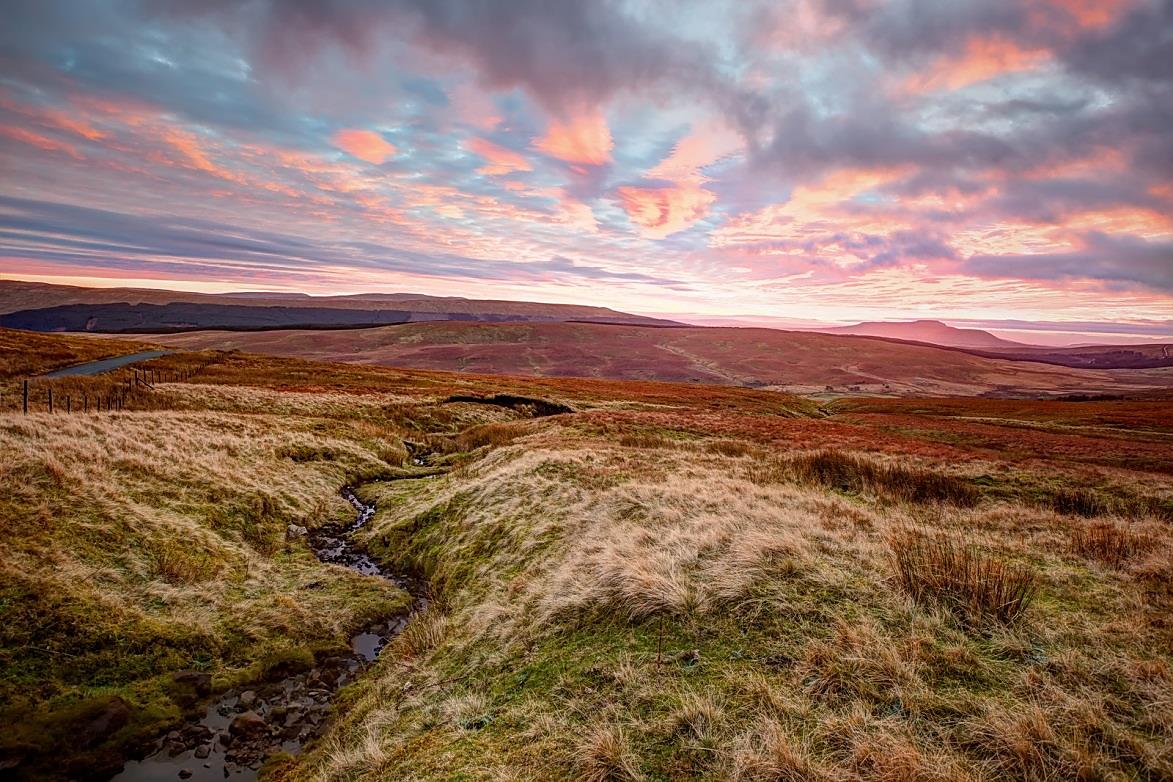
by Fern Shaw | Sep 22, 2017 | AquAid Middlesborough, AquAid Newcastle & Cumbria, AquAid North East England, water cooler, Water Coolers
AquAid Water Coolers has been in operation for the past 25 years. We’ve grown from our humble beginnings in 1992 to having 23 branches nationwide, supplying an extensive range of Bottled and Mains-Fed water coolers, water dispensers, water boilers and water related products to more than 33,000 customers throughout the UK.
AquAid has two branches catering to their customers in North East England:
AquAid Newcastle & Cumbria and AquAid Middlesborough.
AquAid Middlesbrough
Our AquAid Middlesborough branch began operations in 2002 and is owned and managed by the highly-experienced Gordon Dobson. Based in Tyne and Wear, Gordon and his team supply an extensive range of innovative and high-quality water coolers and dispensers to businesses, offices, medical centres, universities, colleges and schools in and around the Middlesbrough area. Committed to meeting AquAid’s exacting customer service standards, they pride themselves on the superior service they provide to 3,000 customers in and around the areas of:
Chester-le-Street, Cleveland, Consett, Darlington, Durham, Gateshead, Great Ayton, Guisborough, Hartlepool, Hebburn, Jarrow, Middlesbrough, Newton Aycliffe, Northallerton, Redcar, Saltburn, South Shields, South Tyneside, Stockton, Stokesley, Sunderland, Team Valley, Teesside, Thornaby, Yarm.
AquAid Middlesborough are located at 6 Faraday Close, Washington, Tyne & Wear, NE38 8Q
AquAid Newcastle & Cumbria
Owned and managed by the very accomplished Dale Heslop, our AquAid Newcastle & Cumbria branch has been in operation for over 15 years. With depots in Newcastle-upon-Tyne and Carlisle, Dale and his team supply an extensive range of innovative and high quality water coolers and dispensers to thousands of customers in offices, medical centres, colleges and schools in and around the areas of Newcastle & Cumbria.
Areas Covered AquAid Newcastle: Ashington, Berwick Upon Tweed, Blyth, Cramlington, Haltwhistle, Haydon Bridge, Hexham, Newburn, Newcastle, North Shields, Prudhoe.
AquAid Newcastle is located at Unit 6, The Preserving Works, Shelly Road, Newcastle upon Tyne, NE15 9TU
Areas Covered AquAid Cumbria: Alston, Annan, Appleby in Westmorland, Barrow in Furness, Carlisle, Cumbria, Dalbeattie, Dumfries, Egremont, Gretna, Kendal, Kirby Lonsdale, Kirby, Lockerbie, Millom, Moffat, Penrith, Seascale, South West Scotland, Stephen, Stranraer, Whitehaven, Wigton, Workington.
AquAid Cumbria is located at Unit 8, South Mill, Warwick Mill, Warwick Bridge, Carlisle, CA4 8RR
Wherever you’re based in North East England, AquAid Middlesborough and AquAid Newcastle & Cumbria are more than equipped to meet all of your water cooler and water related product requirements.
To contact your local North East England representative, select the link for your relevant branch now.

by Fern Shaw | Sep 1, 2017 | water cooler
AquAid are more than a water cooler provider. Since the company’s humble beginnings in 1998, we’ve committed to support charities that make a noticeable and far reaching difference in other’s lives.
We implement this policy by donating a portion of the sale for each bottle of water and each installed mains fed machine to charity.
Since we began with this policy, we have donated more than £10 million to both Christian Aid and the Africa Trust – a charity begun by AquAid in 2010.
We continuously look for ways to bring the very best in water and water cooler products to our customers as well as highlight the difference that our customers purchases are making in the lives of those in need.
FMP Global is one such customer. As an international provider of outsourced payroll and HR services they are often found supporting companies to pay staff in the 135 countries they serve, often in developing economies around the world.
They are aware of how vitally important it is to keep hydrated throughout the working day, and recently agreed to participate in an initiative which will mean the provision of safe drinking water to a community in need through the building of a water well, fondly known as an ‘Elephant Pump’.
Gary Webb, Marketing and Communications Director at FMP Global: “Partnerships are really important to us and we’re grateful for the opportunity to work with Aquaid to support this initiative. Our success at FMP Global is built on innovation, and we fully support AquAid’s innovative approach to funding these vital projects.”
We’re delighted to have FMP Global take part in this initiative and look forward to sending them a picture of their built and named well in due course.
To find out more about the invaluable services that FMP Global offer, you can visit their website here.
“FMP Global constantly strives to anticipate change and deliver value through leading innovation and partnerships with our clients.”
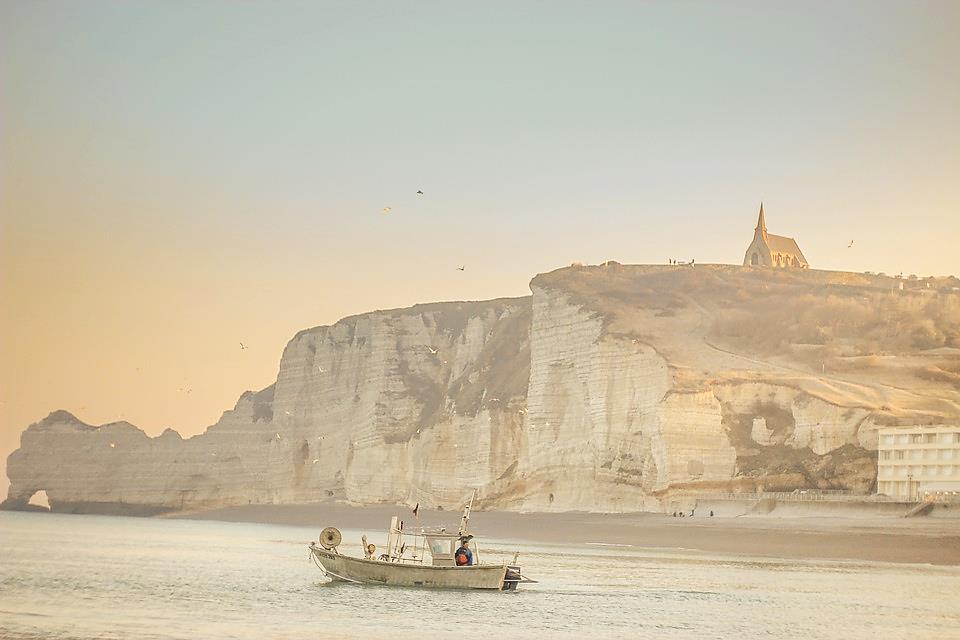
by Fern Shaw | Sep 1, 2017 | aquaid south coast, aquaid south east, aquaid southampton, aquaid surrey, water cooler, Water Coolers
Since its humble beginnings in 1992, AquAid has grown to the extent of being equipped to supply an extensive range of
Bottled and Mains-Fed water coolers, water dispensers, water boilers and water related products the length and breadth of the UK.
Today, AquAid boasts 23 branches nationwide; with five branches servicing England’s South East. These branches service more than 6,500 customers throughout the South East region.
AquAid Aylesbury – based in Aylesbury, this branch services more than 1,000 customers in these areas:
Aylesbury, Banbury, Bicester, Dunstable, Harpenden, Harrow, Hemel Hempstead, High Wycombe, Leighton Buzzard, Luton, Oxford, Rickmansworth, Ruislip, Slough, St Albans, Thame, The Chalfonts, Uxbridge, Watford.
AquAid Reading – based in Reading, this branch services more than 1,200 customers throughout:
Abingdon, Aldershot, Alton, Ascot, Bracknell, Camberley, Crowthorne, Didcot, Farnborough, Farnham, Fleet, Henley on Thames, Maidenhead, Marlow, Oxford, Reading, Wallingford, Wantage, Windsor, Wokingham.
AquAid Southampton – located in Eastleigh, our Southampton branch (also known as AquAid South Coast) services more than 2,500 customers in more than 68 locales ranging from Bitterne, Brighton, Newhaven, Salisbury, Totton all the way through to Weymouth and Wimborne.
You’ll find more detail about AquAid Southampton’s areas of service here.
AquAid South Kent – based in Eythorne, the South Kent branch services more than 500 customers across:
Ashford, Bexhill, Broadstairs, Canterbury, Deal, Dover, Folkestone, Hastings, Herne Bay, Hythe, Margate, New Romney, Ramsgate, Rye, Sandwich, St Leonards, Westgate, Whitstable.
AquAid Surrey – located in Chessington, this branch services more than 4,000 customers throughout:
Chelsea, Chertsey, Chessington, Clapham, Croydon, Fulham, Godalming, Guildford, Hammersmith, Heathrow, Kensington, Kingston, New Malden, Putney, Sutton, Teddington, Twickenham, Wandsworth, Wimbledon, Woking.
Wherever you’re based in the South East these AquAid local branches are more than equipped to meet your water and
water cooler requirements.
To contact your local AquAid South East England representative, select the link for your relevant branch now.
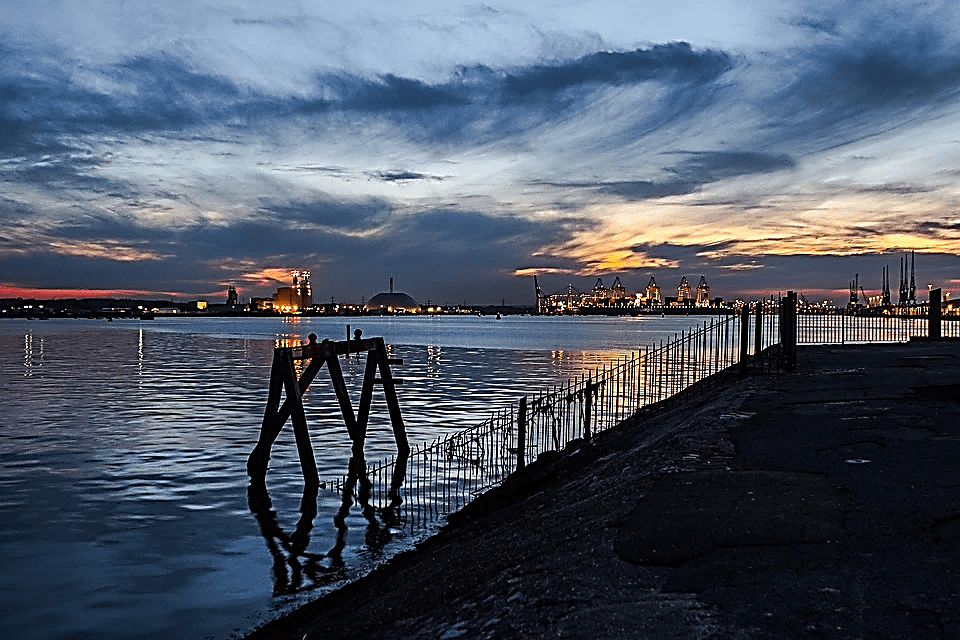
by Fern Shaw | Sep 1, 2017 | aquaid southampton, water cooler, Water Coolers
Our AquAid Southampton branch is one of the larger of our branches, servicing a broad range of customers covering many regions in England’s South East.
The branch began operations in 2000 and is managed by the capable and experienced Darren Fleming. Based in Eastleigh Hampshire, Darren and his team have been supplying water coolers, dispensers and bespoke water supply solutions to their more than 1,250 customers at offices, worksites, care facilities, hospitals, offices, universities, colleges and schools in and around the Southampton area for the past 17 years.
AquAid Southampton is located at Unit 6, Brookwood Industrial Estate, Brookwood Avenue, Eastleigh, Hampshire, SO50 9EY.
Areas Covered
Bitterne, Bognor Regis, Chichester, Fareham, Gosport, Hamble, Hedge End, Isle of Wight, Midhurst, Newport, Petersfield, Portsmouth, Southsea, Waterlooville.
Billingshurst, Brighton, Burgess Hill, Cranleigh, Crawley, Crowborough, Dorking, Eastbourne, East Grinstead, Haywards Heath, Hove, Horley, Heathfield, Hailsham, Lewes, Littlehampton, Newhaven, Oxted, Peacehaven, Polegate, Redhill, Reigate, Storrington, Uckfield, Worthing.
Bath, Bristol, Clevedon, Glastonbury, Shepton Mallet, Yeovil.
Amesbury, Andover, Eastleigh, Romsey, Salisbury, Shaftesbury, Southampton, Totton, Wilton, Winchester.
Blandford, Bournemouth, Bridport, Christchurch, Dorchester, Ferndown, Gillingham (Dorset), Highcliffe, Hythe, Lymington, Lyndhurst, New Milton, Poole, Ringwood, Sherborne, Swanage, Verwood, Wareham, Weymouth, Wimborne.
Perhaps lesser known factoids around and about our Southampton branch are:
Southampton* is the only city in the UK with a geothermal power station. This ranks Southampton as one of the best cities in the UK that emit little CO2.
Bognor*only acquired the accolade of ‘Regis’ – the Latin for ‘of the King’ – in 1929, after King George V was despatched to the South Coast to recover from a lung operation.
Portsmouth* is on the oldest surviving route map, thought to be from around 1360. The city is named as ‘Portis Mouth’ on the map which shows six-hundred towns and cities.
Sir Arthur Conan-Doyle wrote the very first Sherlock Holmes story, ‘A Study in Scarlet’ in Southsea*. Conan-Doyle was practising there as a doctor from his house in Elm Grove.
Shaftesbury*is most famous for its iconic image of Gold Hill. Standing 700 feet above sea level Gold Hill has been immortalised as the cover of countless calendars and chocolate boxes, with the view from the top having been dubbed ‘one of the most romantic sights in England.’
So wherever you’re situated in England’s South East, in any of the 70 locales that AquAid Southampton services, the branch is available for all your water and water cooler requirements.
Contact them today – they’ll be delighted to assist.
*sources – SUSU; Dorset Life; Daily Mail; WOW247; Information Britain;
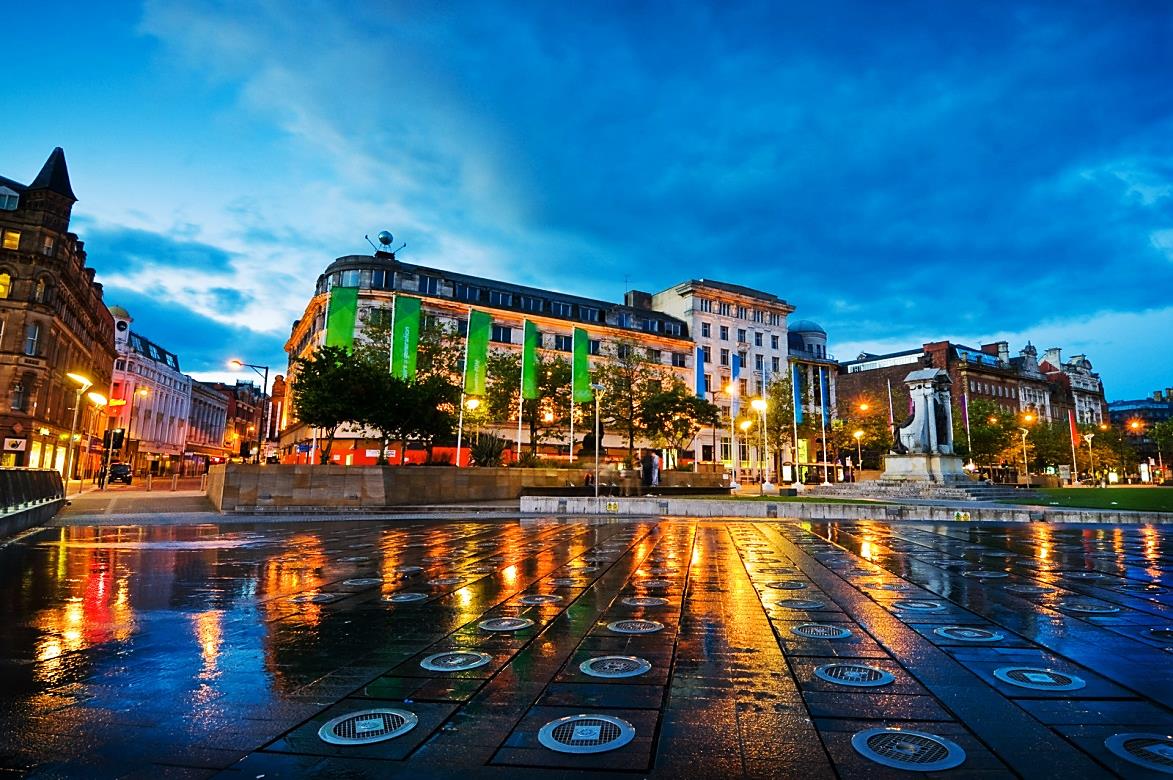
by Fern Shaw | Sep 1, 2017 | aquaid manchester, water cooler, Water Coolers
We hope by now, by browsing our super new spiffy website, you’ll have seen that AquAid really do put the cool in your
water cooler, and that we’re fully equipped to provide you with any requirements you may have, water cooler or water wise, the length and breadth of Great Britain.
Are you aware though, that we have not one, but two AquAid branches in North West England?
You aren’t? Well, step right up, dear customers, and let’s introduce ourselves.
The AquAid North West branch we’re focusing on is AquAid Manchester, with premises in Unit 21, Farrington Court, Farrington Way, Burnley, BB11 5SW.
AquAid Manchester is one of the AquAid branch stalwarts. Based in Burnley, this AquAid branch, owned and managed by the very knowledgeable and experienced Neil Tyson, have been supplying an extensive range of high-quality water coolers and dispensers to offices, worksites, medical facilities, universities, colleges and schools in and around the Manchester area to more than 500 customers since 1999.
Areas Covered: Accrington, Blackburn, Bolton, Burnley, Bury, Clitheroe, Colne, Darwen, Rossendale, Salford Quays, Trafford Park, Whalley.
We could go the obvious route when referring to all things Manchester and talk about arguably the most famous football club in the world, but we’re not doing that. We’re rather going to refer to perhaps lesser known nibs of interest that perhaps even the born and bred Mancunian isn’t aware of:
The atom was first split in Manchester: Ernest Rutherford won the 1908 Nobel Prize for Chemistry for his work on radiation – the youngest person ever to do so – and is widely credited with first ‘splitting the atom’ in 1919. The University of Manchester named their physics lab The Rutherford Building in his honour.*
It’s where Rolls met Royce: Rolls-Royce Limited was created over a famous lunch in Manchester in 1904, when car salesman Charles Rolls met engineer Henry Royce at The Midland Hotel.*
Greater Manchester was not added as a Royal Mail postal county until 1996 – that’s why so many Mancunians still use Cheshire/Lancashire in their addresses.*
The city houses the very first free public library: The nation’s first free public library opened in Manchester in 1653, founded using money donated by wealthy Mancunian, Henry Chetham. Housed in a building built in 1421, Chetham’s is the oldest public library in the English speaking world.*
So whether you’re based in Blackburn, Salford Quays, Trafford Park or anywhere of the above mentioned areas and whether you’re on location filming or have a business, one office, multiple workplaces, are on a jobsite, or are a university, college or school, contact the team today at AquAid Manchester – they’re more than well equipped to accommodate your water cooler and water provision requirements.
*sources: Manchester Evening News / wow247

